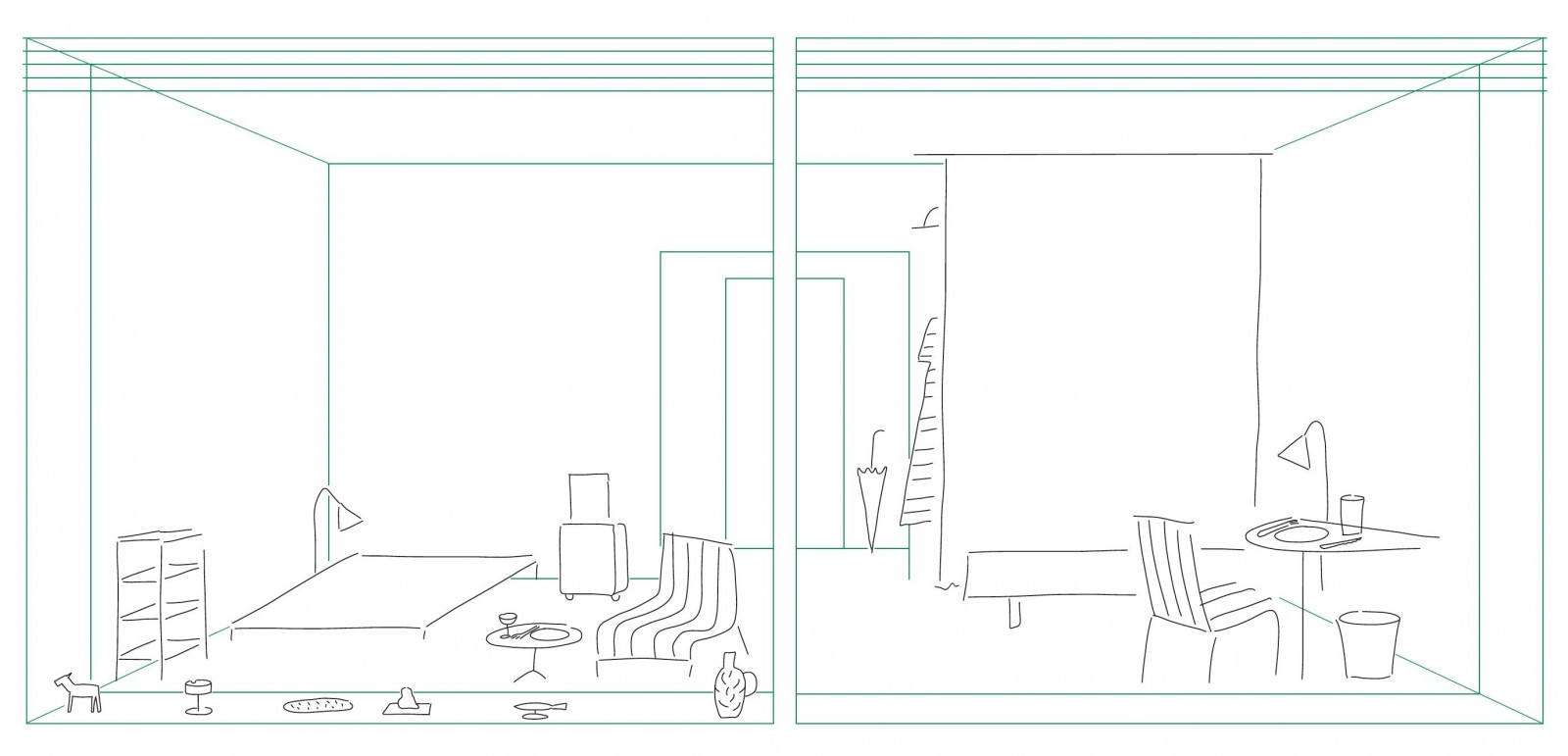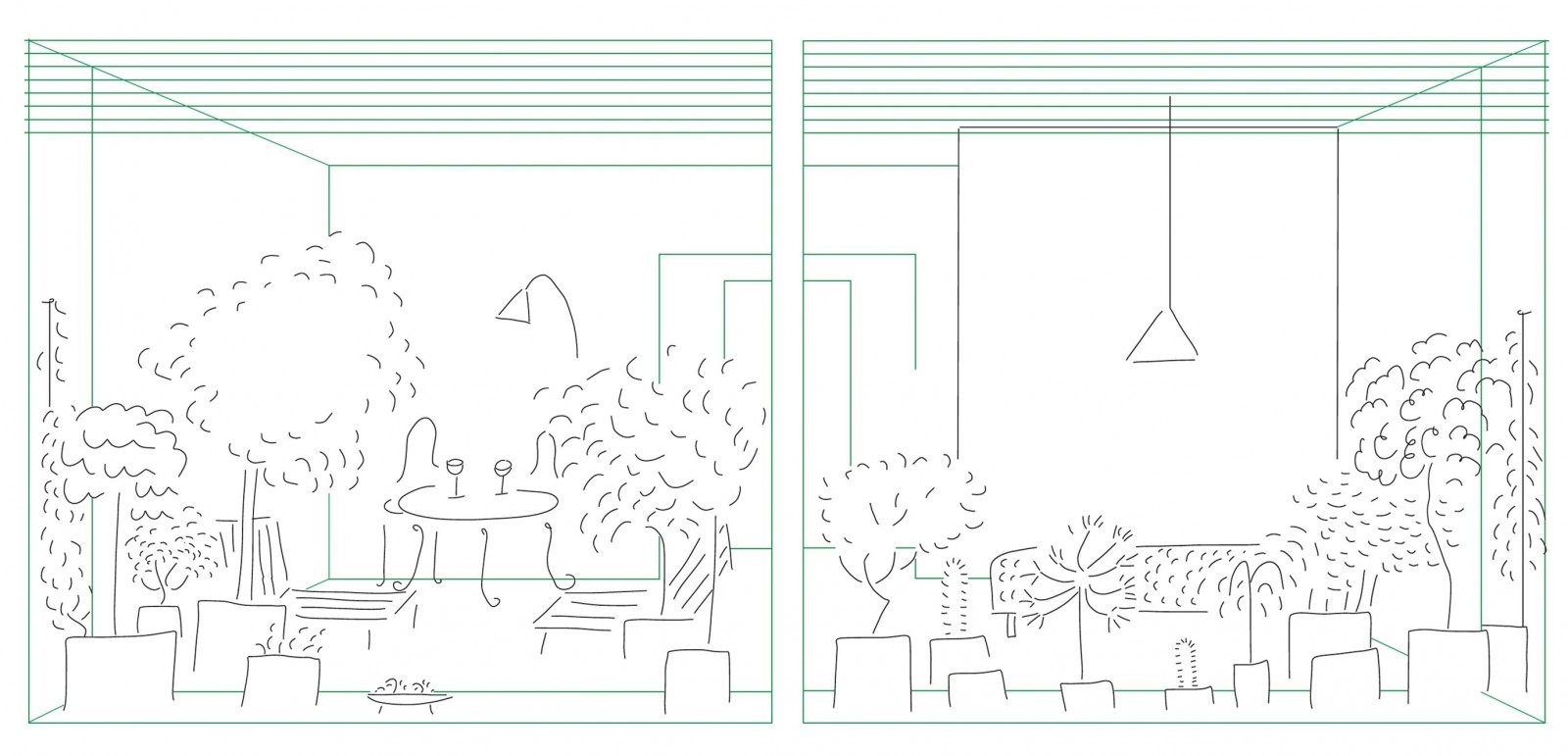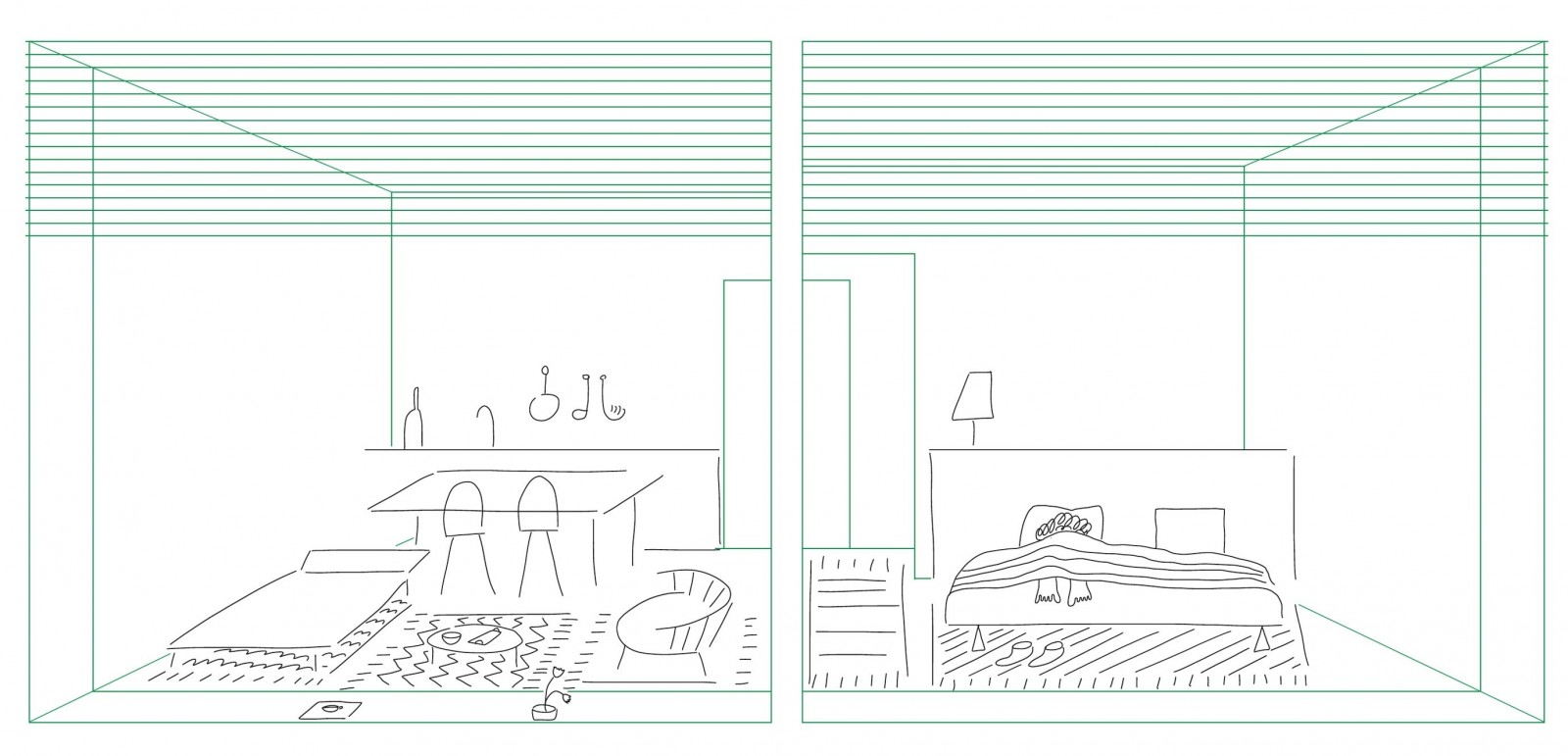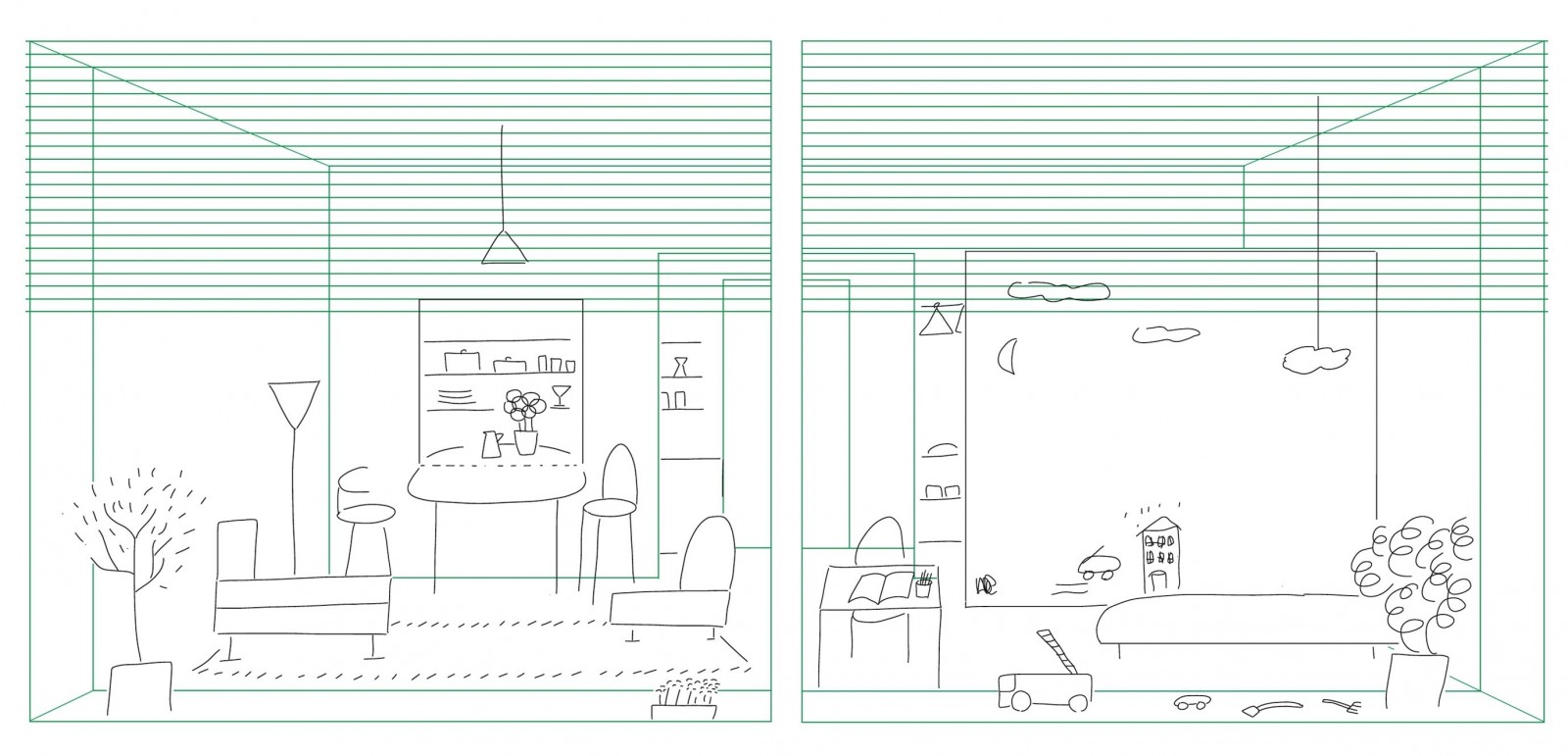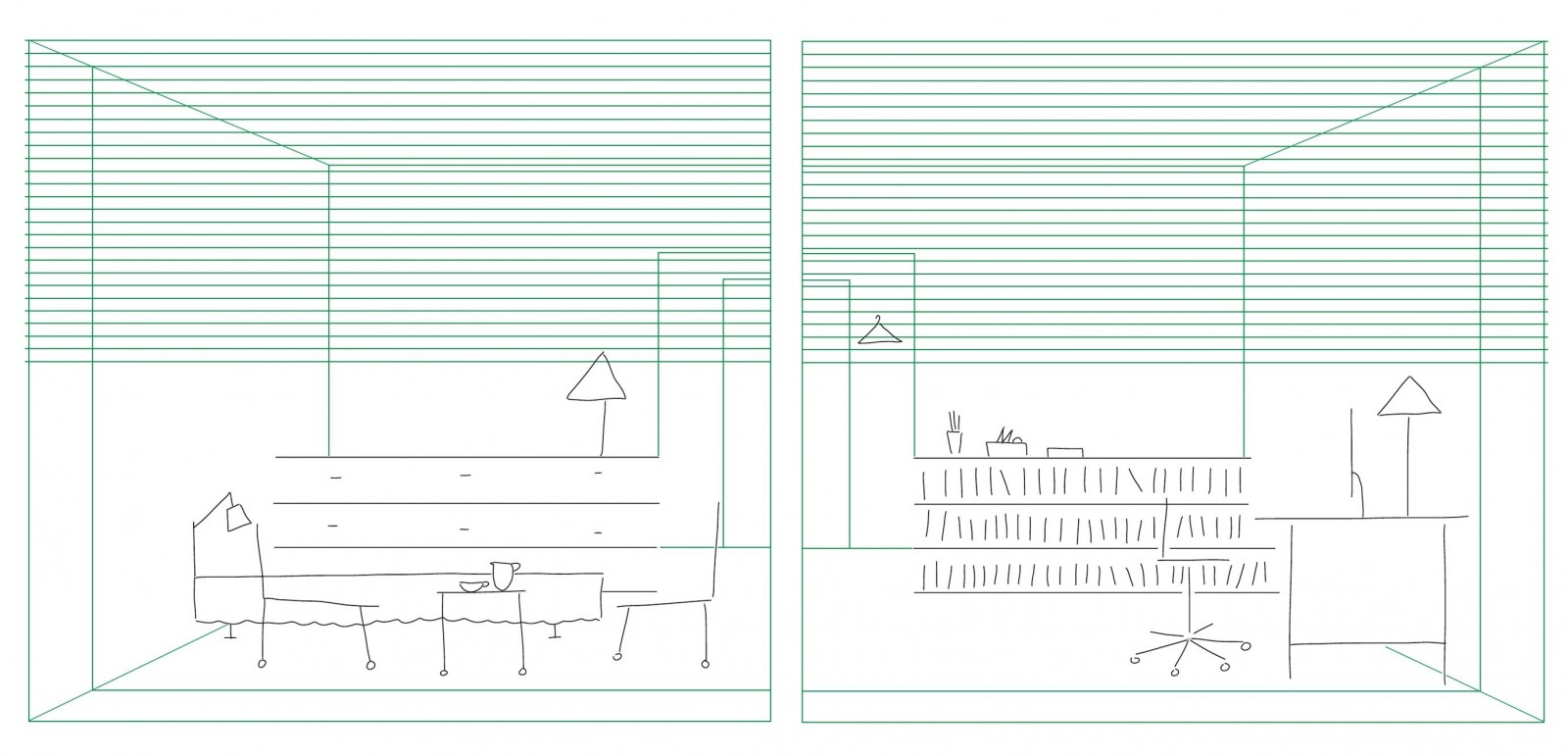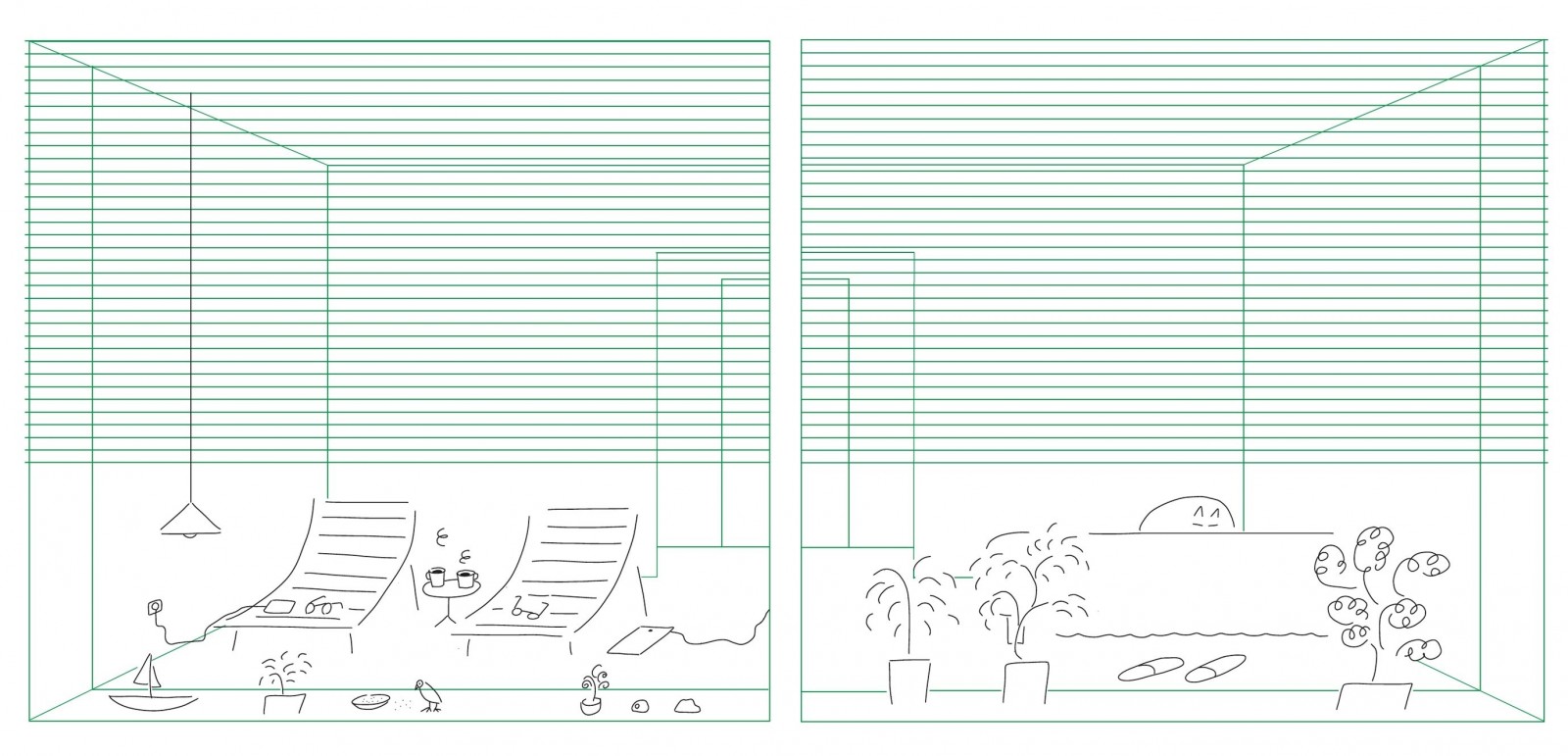GRAU
GRAU is an architecture and urban planning practice based in Paris, led by partners Susanne Eliasson and Anthony Jammes, architects and urban planners with more than ten years’ experience in architectural and urban projects in France and Europe.
The studio has developed an expertise on housing issues through numerous urban renewal projects, strategic studies on densification, masterplanning of new districts, residential projects and ongoing research on horizontal urbanism.
GRAU is a recipient of the 2016 Palmarès des Jeunes Urbanistes (Emerging Urban Planners Awards) and has been featured on the Choiseul Ville de Demain list of the top 100 young leaders shaping the city of the future since 2018.
GRAU regularly takes part in round tables and lectures around the world (New York, Rotterdam, Tokyo, Göteborg, Mendrisio, Budapest, Brussels, Louvain, and Toulouse, among other places) and has been invited to exhibit at the Venice Biennale of Architecture, the International Architecture Biennale Rotterdam, the Louisiana Art Museum, Pavillon de l’Arsenal, and at Bordeaux’s arc en rêve centre d’architecture. The studio has published books and articles on topics including public role of the Parisian ground floor (Rez-de-ville, Rez-de-vie, 2013), the productive city (Design = Economy, 2012), and Bordeaux’s nature city (Apprendre de Caudéran, 2017).
© Arnold Pasquier






